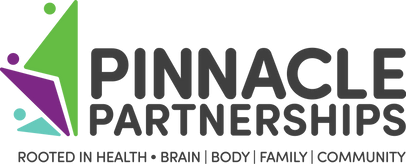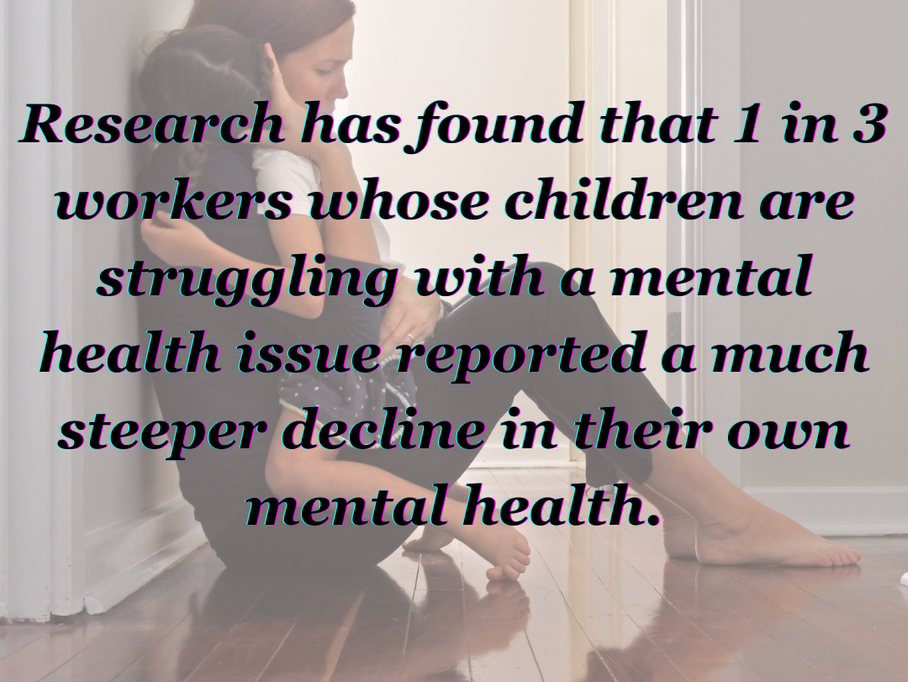Supporting Self Care for Educators
March 1, 2020
Self care is a topic we hear about often. It’s something we all know is good for us, but can often be difficult to incorporate into our regular routines. As we wrap up February, a month in which many celebrate on love with Valentine’s Day, classroom parties and other ways of showing care for others, we wanted to remind all the teachers and others working with kids that it’s important to make time for you.
If you are a parent reading this and looking for some self care tips, click HERE to see my previous blog about the importance of families getting a break from care giving.
So, how as educators do you find time to spend time pouring into yourselves?

Let’s explore:
First, let’s get clear on what self care actually is. Self care is defined as ANYTHING that a person does to improve their health and well-being. This means that anything that improves your well-being is good for you and that will often look different for different people. For some people it’s staying connected to their faith and faith community, for others its exercise, hanging out with friends, going to a movie, having a guys/girls nite in or out, or just spending some time with a good book. What ever you do for self care is important and you should not let anyone impose their opinions of good self care onto you. The National Alliance on Mental Illness (NAMI) states that self care is life domains such as physical, emotional, psychological, spiritual, social, and professional. Therefore, as you can see, self care effects your entire life.
Let’s knock out the ones that we all know for good measure. Getting exercise, fresh air, enough sleep, and a healthy diet. We all know these things… but when it comes to self care, it’s worth saying out loud. Maybe a different approach to one of these can be helpful. Incorporating a lavender scent at bedtime, finding a person at work who would like to eat lunch outside (maybe even you class), parking your car further away to get in some extra steps each day or exploring different types of new foods that you may be interested in. Small changes can make big changes.
So, how can we build some self care into the professional days of teachers? Much of the day of an educator is spent right in the classroom. There are ways that teachers can practice self care right in the classroom.
Here are some ideas with links to resources on how to get started:
1- Yoga within the classroom. Yoga takes practice.
2- Meditation within the classroom for Social Emotional Learning and regulation
3- Finding ways to get fresh air. (Picnics, walks around the building before class begins.) It’s important to not use self care with students as a potential punishment and to use even more when there is a need for regulation.

Another great way is thinking about how to practice self care for yourself and with your colleagues. The teacher’s lounge or break area should be a space for teachers to relax, regroup, and recharge. Often times these areas have students in them or even parents. This area should be kept as a safe haven. We also know that due to budgetary constraints, these areas may be worn down, out-dated, and not always held as an important space. Advocating for the teacher’s lounge to be a place that has water, coffee, appropriate lighting, comfortable furniture and other amenities can really add to teachers’ abilities to perform their important jobs.
If updates are unable to happen through a school’s funding source, working together as a faculty to think of things that everyone would collectively like to have. Then together teachers, staff and other faculty can work together to create a space that is calming for all. I once had a coworker ti whom I suggested aromatherapy to in a shared working environment. Initially, she was hesitant, but agreed to try it out. I brought in a diffuser and essential oils and every day I would start our morning with an essential oil recipe (there are tons on Pinterest!). Before you knew it, people were coming to our office to “chill out” and be in a ‘zen place.’ Before long, almost everyone on our floor had incorporated aromatherapy and other calming techniques. (We also didn’t use the overhead lighting and instead brought in lamps and had a small table with chairs so we could move away from being in front of our desks to have lunch, take a break, or talk with visitors in our office.) While there was some out of pocket costs, we did it a little at a time and it really helped us and our colleagues. When I resigned from that position, my coworker asked if I would leave her the diffuser to remember me by! Of course, I did. It feels great when we can take care of ourselves and also take care of others.
Click HERE for some ideas about how to create some different vibes for teachers’ lounges.
At Pinnacle, we wish you all lots of opportunity for self love and self care every day. We hope this blog as helped you to think about some new ways or even remember some old ways to take care of yourself because you deserve it!

Kristi Glenn is the Co-Founder and Chief Experience Officer of Pinnacle Partnerships. As a professional with lived experience of raising her own child with emotional health needs, Kristi brings personal and professional passion to her work. She has worked in government, community, and direct service to support family driven care and advocate for family voice at the highest levels.





